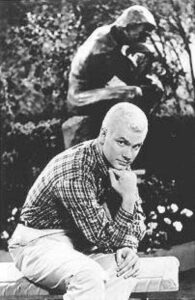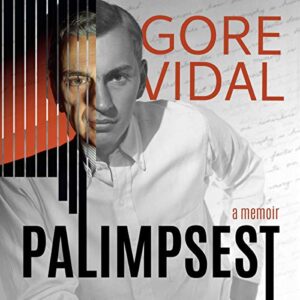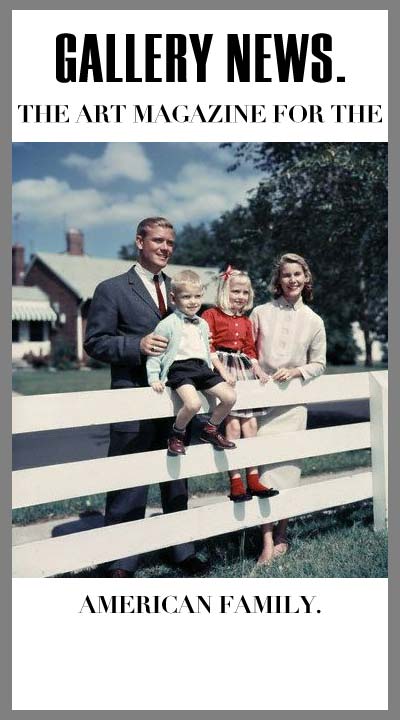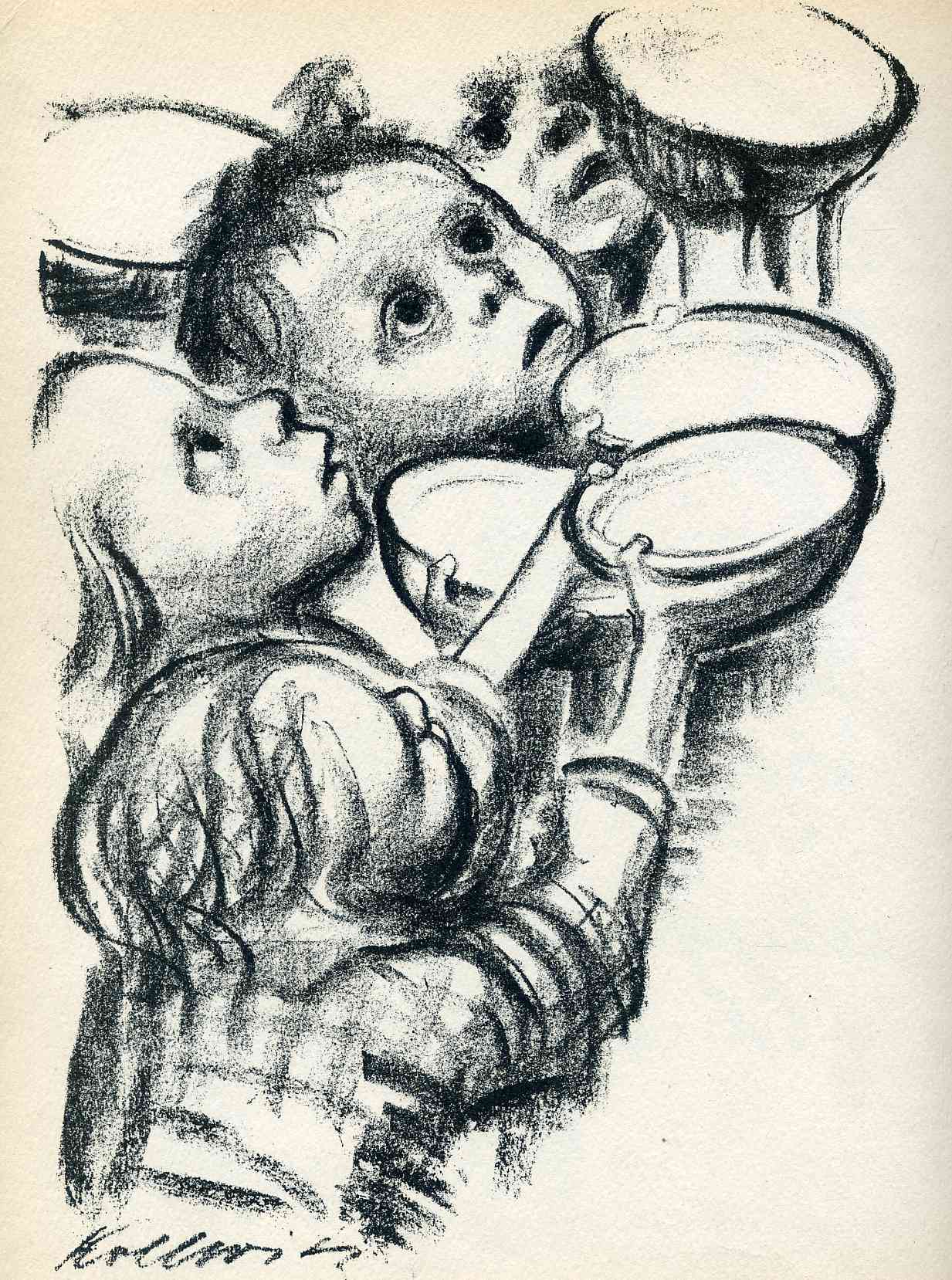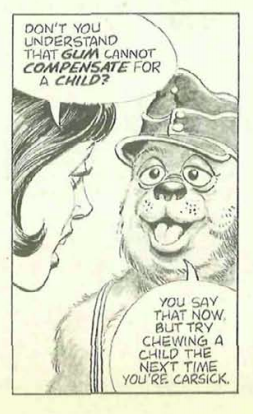(First in a Series)
The Rauschenberg Problem, Part 1
Thing about Robert Rauschenberg is, it’s not at all clear what he really ever did, other than hang out with art–pals . . . and experiment with various mixed media . . . and mountainous junkyards of techno-gadgetry that get set up and oohed over in “installations.” I guess they call them installations because you need six Bekins men and assorted appliance guys just to install them.
 For my money, there’s nothing more spoiled and indulgent than a big art installation, something nobody can really buy and show off in the parlor. They are doomed to a life of roadshows, even when they have a nominal home such as the Beaubourg in Paris, which is where Rauschenberg’s Oracle often lives. (See pic, and the piece on the Tate Modern, below.)
For my money, there’s nothing more spoiled and indulgent than a big art installation, something nobody can really buy and show off in the parlor. They are doomed to a life of roadshows, even when they have a nominal home such as the Beaubourg in Paris, which is where Rauschenberg’s Oracle often lives. (See pic, and the piece on the Tate Modern, below.)
Who does installations, anyway? Mainly they’re show-off academic artists who live on things like grants and hang out with art-pals and strive for ever-more edgy and insipid piles of junk. Rauschenberg doesn’t quite fit that mold, being really old and all, but he sort of invented it.
(At the Tate Modern last year…)
Robert Rauschenberg (1925-2008) has been called a forerunner of essentially every postwar movement since Abstract Expressionism. He moved seamlessly between the mediums of painting, drawing, printmaking, photography, sculpture, installation and performance, and often wove these methods together, blurring the lines between conventional artistic categories and developing a practice that defies simplifications and categorizations.
His open and inclusive approach to art led him to engage in meaningful dialogues with his direct peers, such as Jasper Johns and Cy Twombly, while also collaborating with choreographers, musicians, and even scientists and engineers. Rauschenberg’s global perspective and international footprint—something quite common for artists working today—was revolutionary at the time and demonstrative of his strong belief in the power of art to transcend cultural borders.
“Robert Rauschenberg” will present a holistic and multifaceted overview of the artist’s prolific career. The retrospective will include key examples from his iconic “Combines” series as well as showcase his innovative experiments with media appropriation, technology and performance. The exhibition will also reveal the global impact of Rauschenberg’s career, focusing on his close partnerships with artists across Europe, Asia, and Latin America.
Tate Modern’s presentation will begin with an examination of Rauschenberg’s early works, which were largely influenced by his formative years at Black Mountain College, North Carolina, a hub of artistic innovation and experimental practice in the 1940’s and early 50’s. During this period, both found materials and images became integral to Rauschenberg’s visual vocabulary as he began to incorporate newspapers and magazines into his drawings and prints, and perfected techniques of solvent transfer and assemblage.
Beginning in the 1960’s Rauschenberg produced several ambitious artworks incorporating technology, such as the sculptural environment Oracle, 1962-65. Comprised of five elements that Rauschenberg called “gifts from the street,” the sculpture has no fixed composition and emits a range of sounds from radios hidden inside the units.
Author: Cooper Ward
Cooper Ward hails from Lake Plains, IL, which he describes as “the flattest place east of Nebraska.” He enjoys watching cooking shows and listening to semi-classical music.


